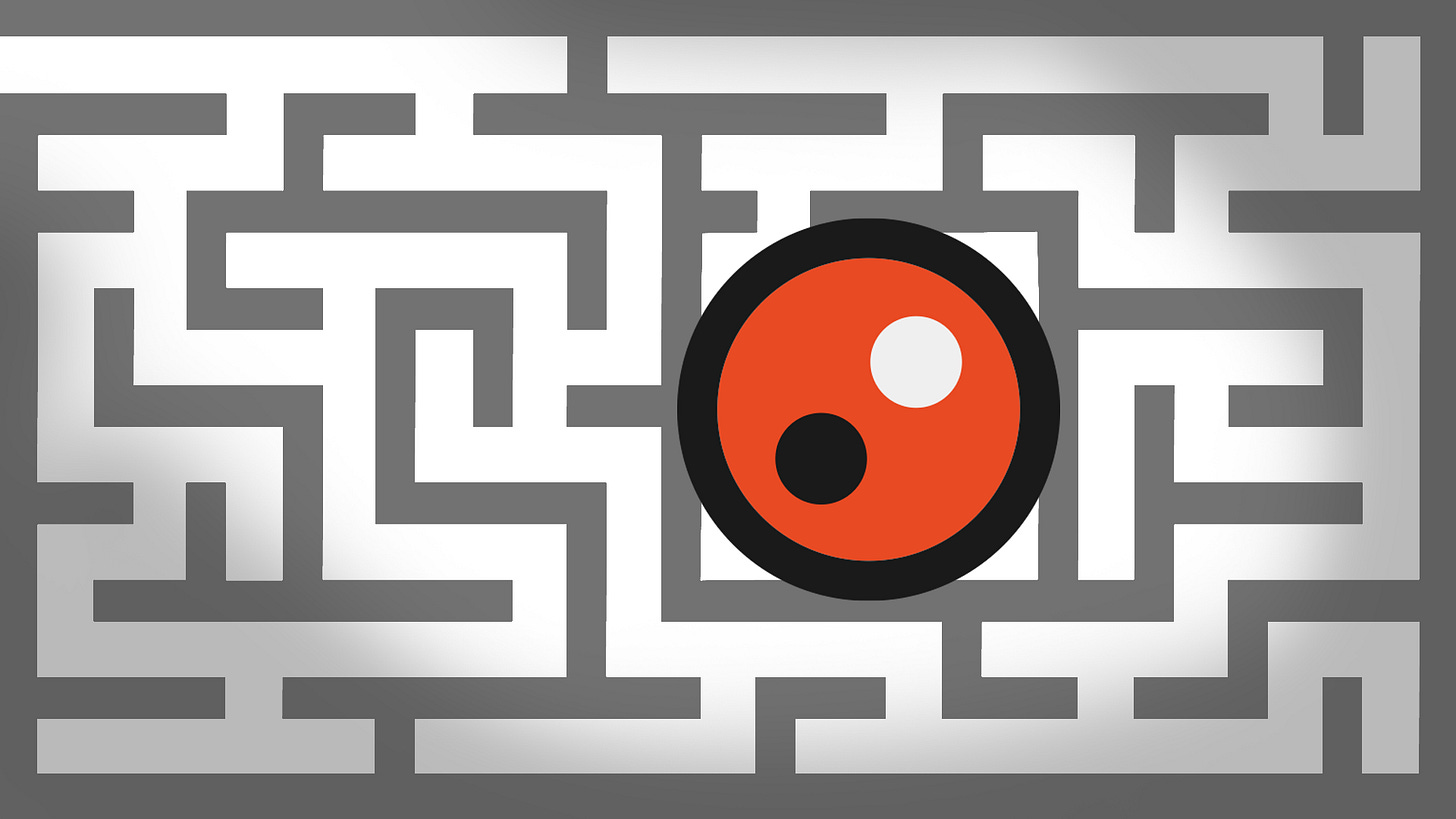Authentic Advocacy
Guiding Jurors to Your Truth
Before sending a jury to deliberate, a judge instructs the panel that they can decide how to assess the credibility of testimony and how much weight to give to evidence. Each juror goes about the process uniquely, drawing on life experiences to inform their conclusions. As a result, individual jurors may hear the same testimony, examine the same evidence, and yet arrive at widely divergent verdicts because each juror has a unique process for deciding what to believe.
Jurors understand verdicts have enduring consequences, whether condemning a defendant to prison (or even death) or deciding the compensation an injured plaintiff deserves, if any. In everyday life, most people are rarely tasked to make such consequential decisions. Decisions with minor consequences can be made blithely without a strong degree of confidence in the strength of the underlying facts. However, when decisions bear extreme consequences, as they do in a trial, the facts forming the basis of a verdict deserve scrutiny.
I call the process of scrutinizing facts “authentication.” Authentication describes how we decide whether something is true. When people encounter a proposition—a claim or fact being evaluated—they rarely accept it at face value. Instead, they test it against their own knowledge and experiences, compare it to what they’ve seen before, and consider the opinions of people they trust (such as a parent, a pastor, or a public figure). Some trust their eyes; others trust their gut. When someone reaches a point where they believe a claim is true—or at least true enough to act upon—that’s authentication in action.
Dr. Daniel Kahneman and his colleague Amos Tversky coined the term “prospect theory” in 1979 to describe how people make decisions when faced with uncertainty and risk. In his book Thinking Fast and Slow, Kahneman explains that the human brain has developed a system of heuristics—mental shortcuts—used to evaluate novel or difficult problems. He describes “intuitive heuristics” like this: “When faced with a difficult question, we often answer an easier one instead, usually without noticing the substitution.” The “affect heuristic” is “Where judgments and decisions are guided directly by feelings of liking and disliking, with little deliberation or reasoning.”
It works like this: All my life, I’ve heard conflicting data about whether coffee is healthy. But in the end, I know my grandmother drank several cups a day and lived into her nineties. Since I enjoy drinking coffee and my grandmother lived a long life drinking it, I let personal experience override conflicting scientific studies. This same intuitive process plays out in the courtroom.
If we believe Dr. Kahneman, it means jurors often substitute what they know from their own life when judging evidence at trial, and they evaluate testimony based on the charisma of the witness. Perhaps you agree with this proposition because it conforms to your own courtroom experiences.
I believe that people have a healthy skepticism of facts but trust personal experiences. When someone faced with a proposition engages in authentication, that process becomes a new experience. When they’ve completed the process, they might believe the proposition, but they certainly know the experience they had was true. In time, facts fade, but experience leaves a lasting impression.
The button-like symbol in the Advocate Craft logo illustrates the authentication process. At its center, the black dot symbolizes a proposition. The white dot represents an alternative perspective or opposing idea. The black circle around the dots symbolizes the authentication process. In the end, the dots in the middle disappear, leaving just the black ring—the enduring experience of the authentication process.
For civil litigators, understanding the authentication process means recognizing that a trial is more than just a presentation of facts—it is an experience of justice. Jurors don’t merely absorb evidence; they engage with it, filter it through their own lives, and authenticate it based on their personal beliefs and experiences. Judges discourage jurors from taking too many notes, fearing it will distract them from the testimony. As a result, what jurors take into the deliberation room is not a compilation of facts, but a residual impression of their justice experience. A trial lawyer who guides the jury through this “experience” with respect, clarity, and persuasive storytelling is far more likely to earn their trust—and their verdict.



